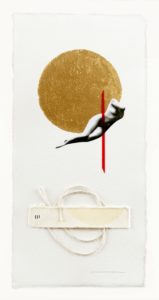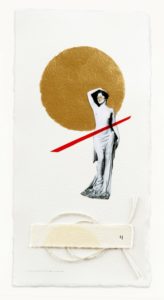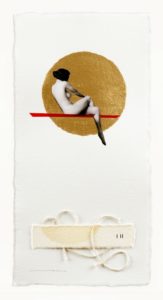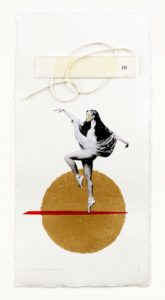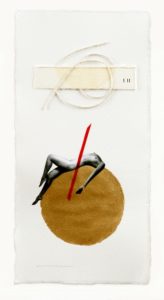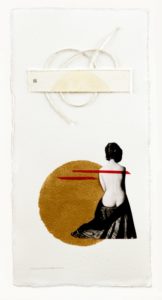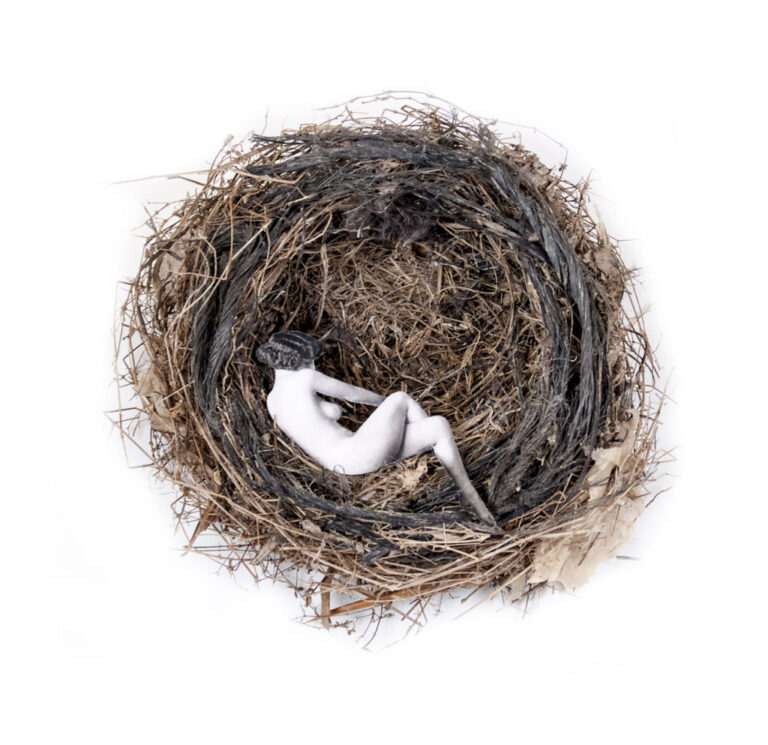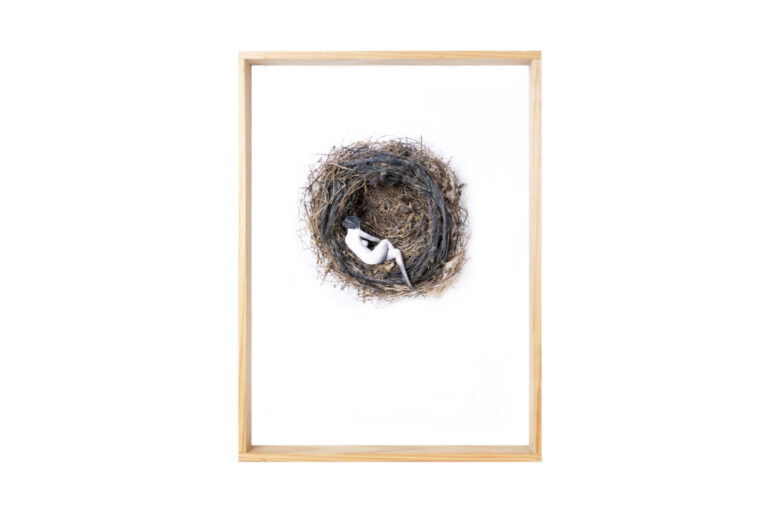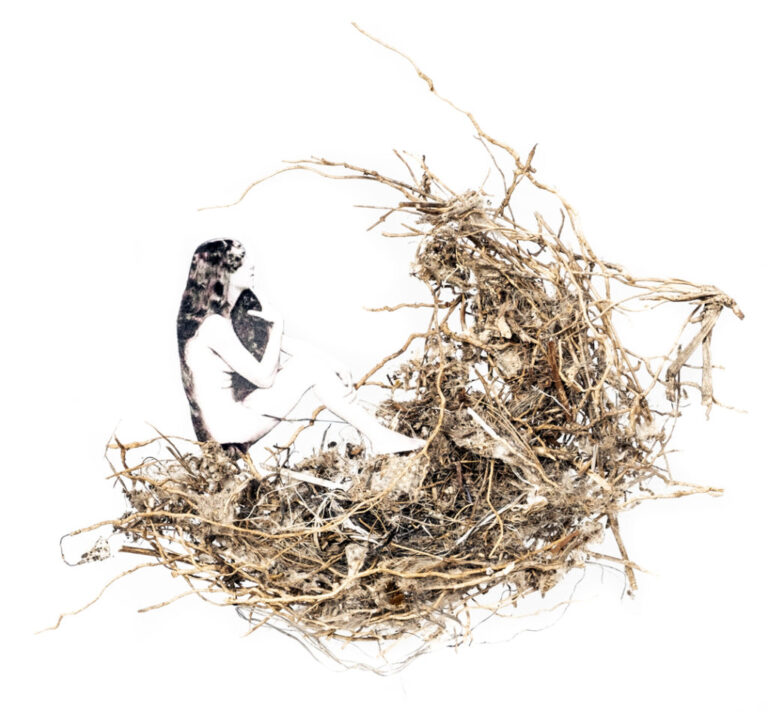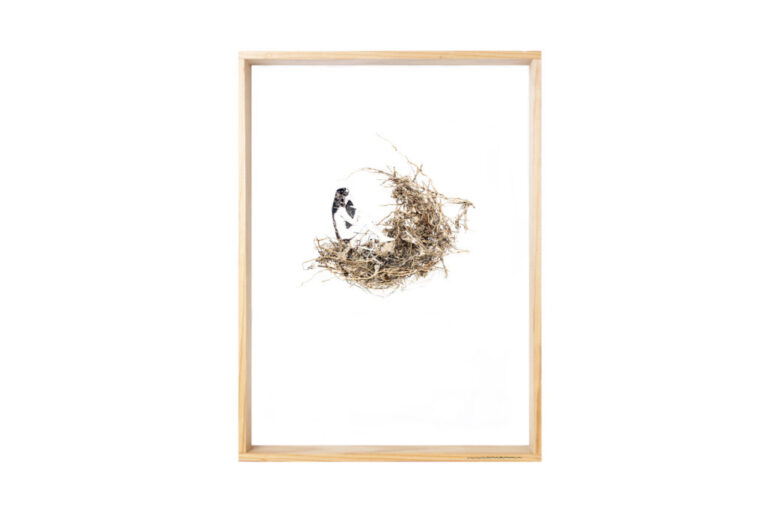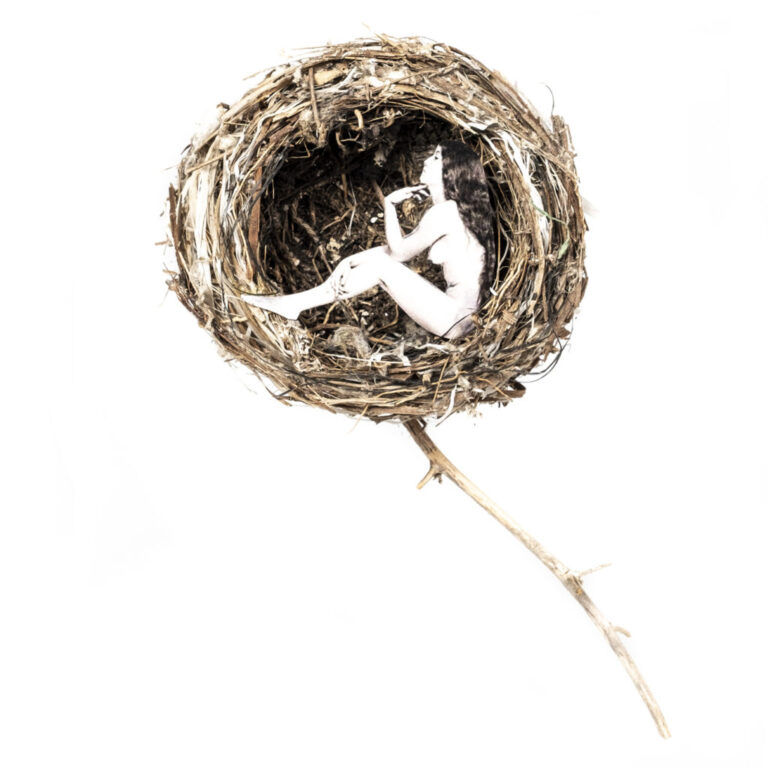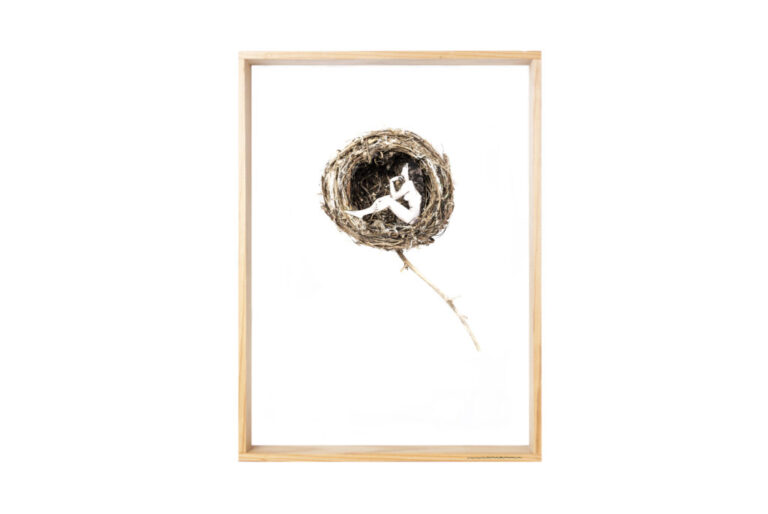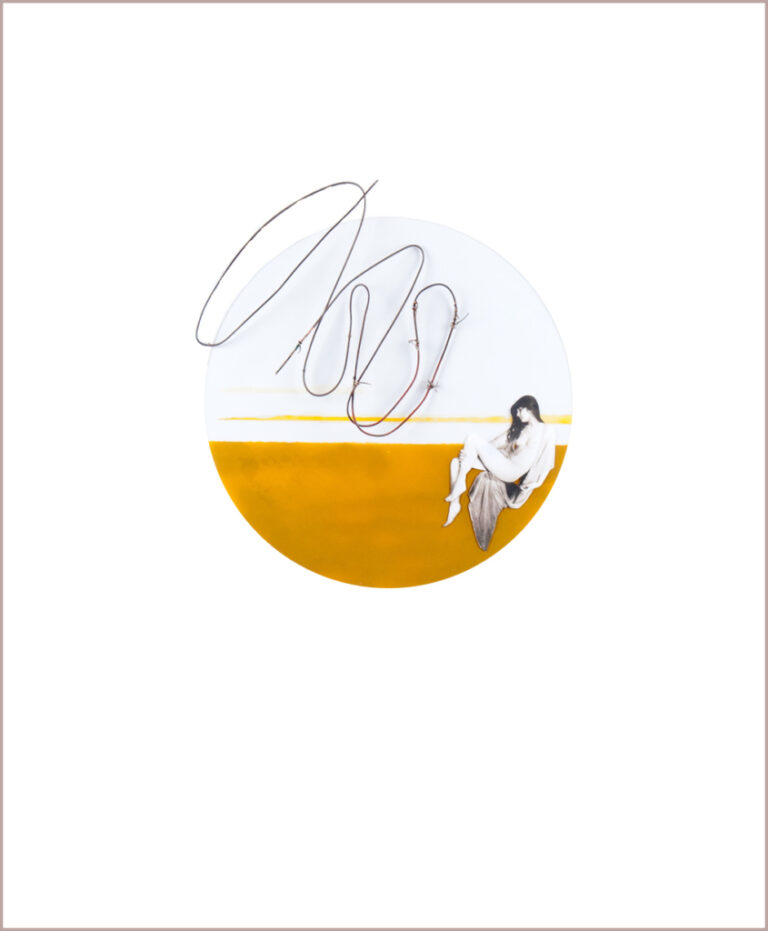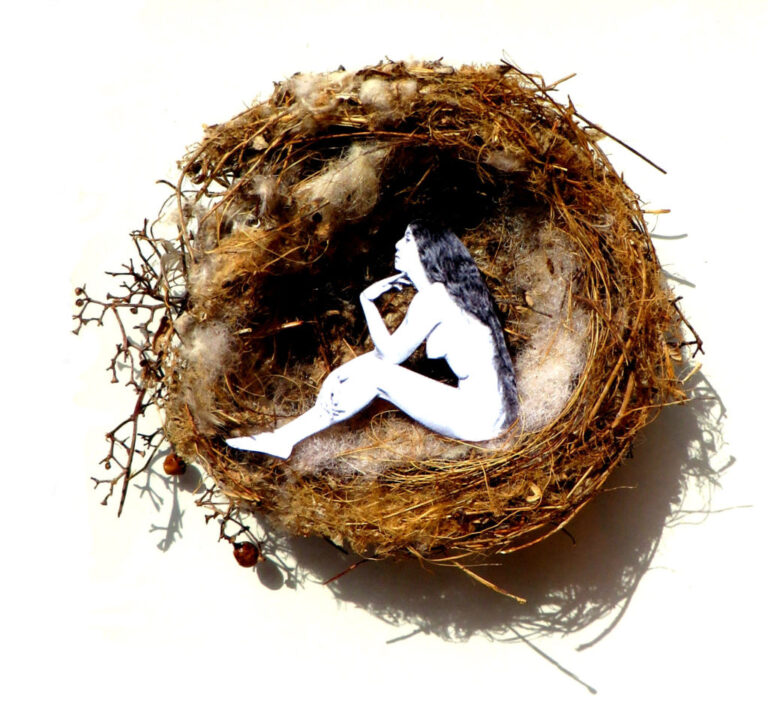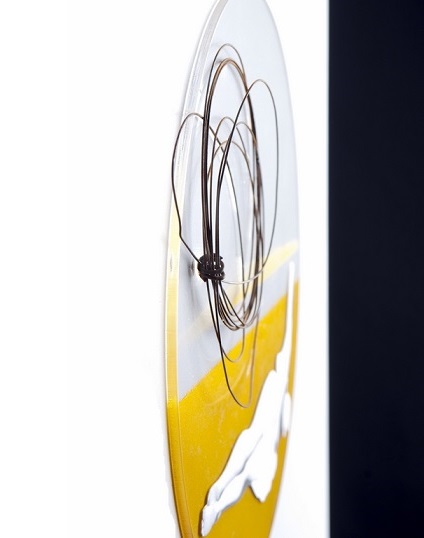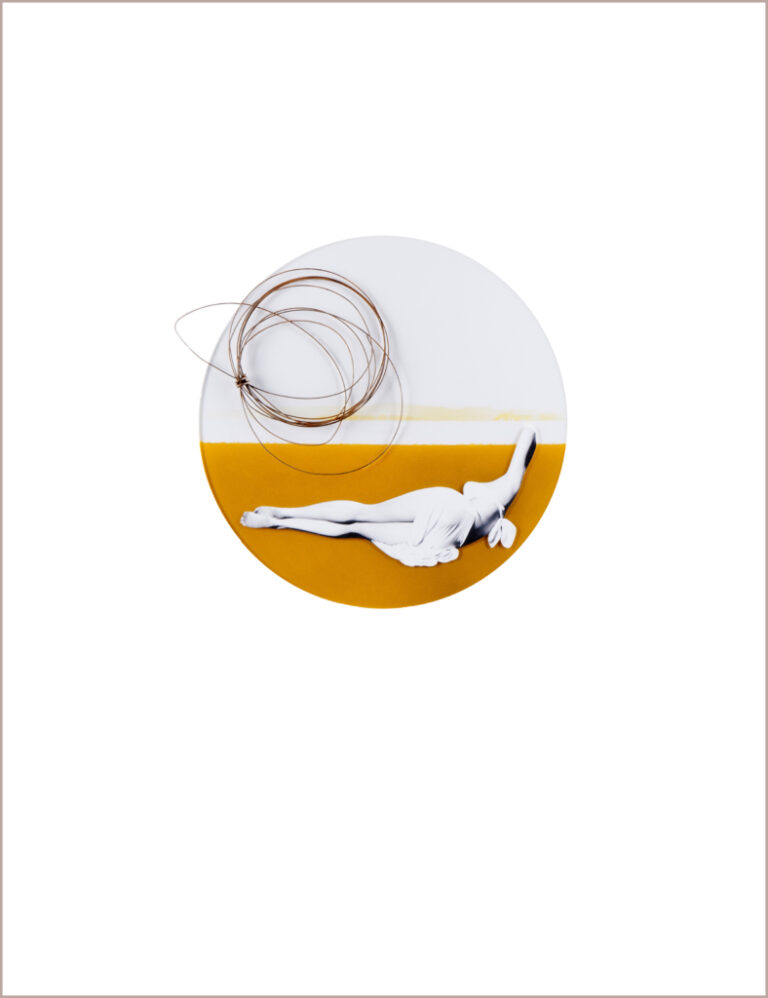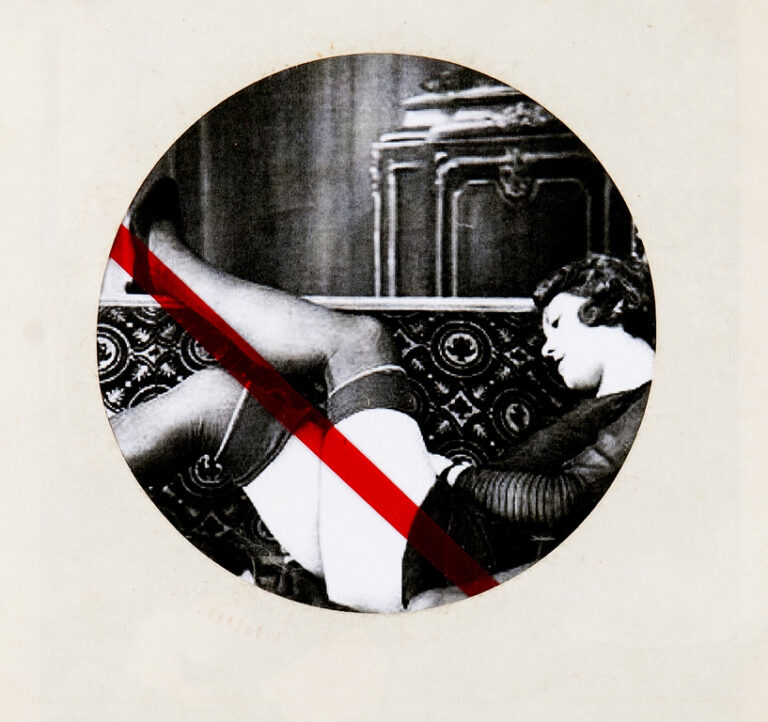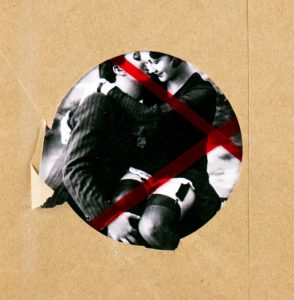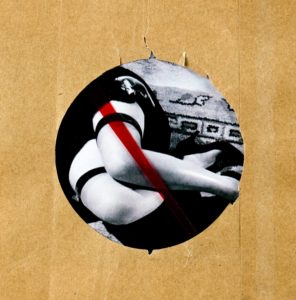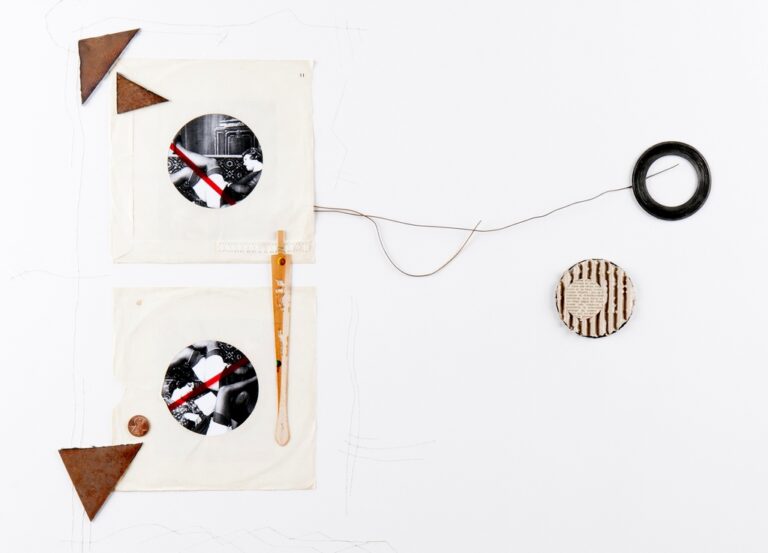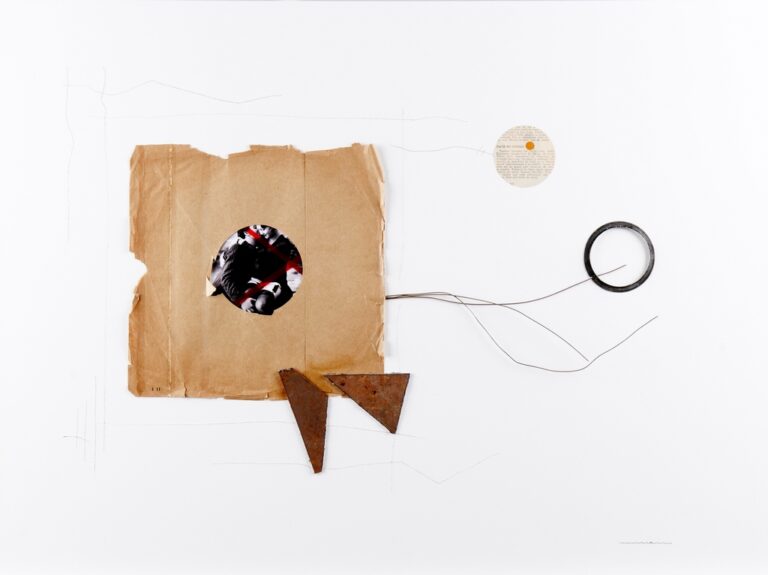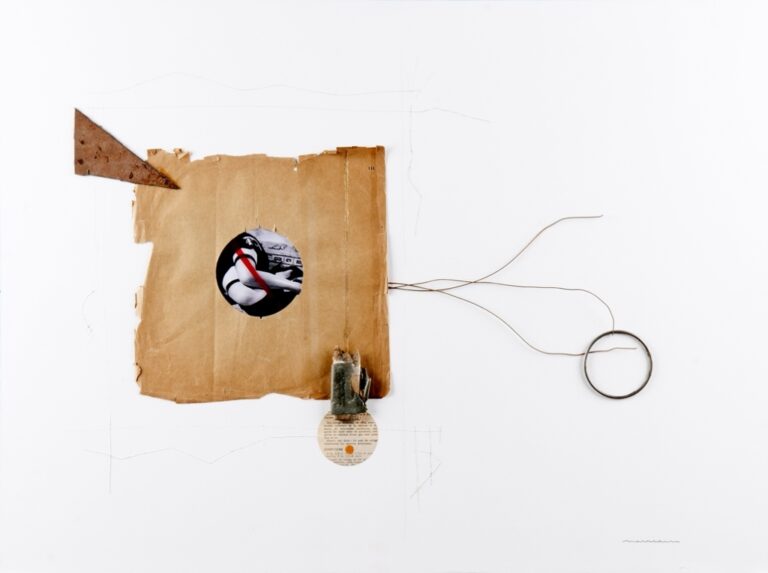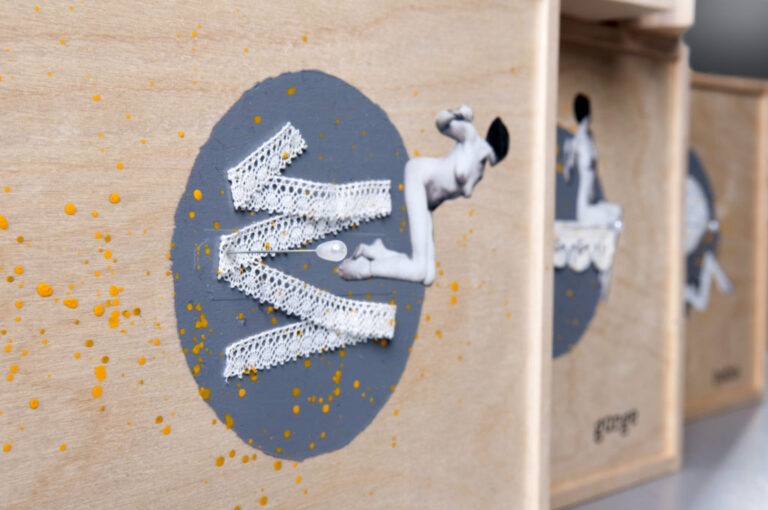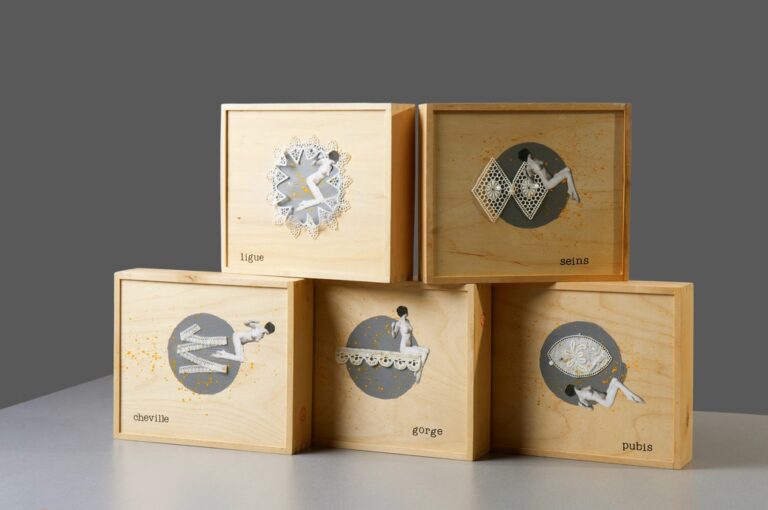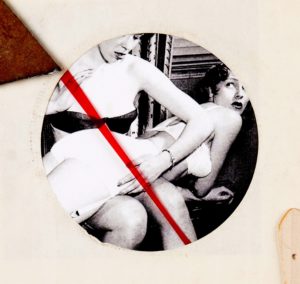Trémula
Your pleasure
slowly ascends
wrapped in the mist of the primordial magma
and there are broken bird feathers in your hair.
Your pleasure, rare animal.
Cristina Peri Rossi
Erotic desire breaks through the thresholds of our perception. The senses, and here they are all worth it, engender it, but it is sight that is ahead of the rest in capturing sensations that stimulate our intimate appetites. Although, before I go on, I warn you, dear reader: this exhibition moves away from presenting eroticism only as an impulse towards sexual longing, perhaps a more culturally virile manifestation in which eroticism uses sex as power and domination. Patterns of behaviour that have been macerated for centuries and which the veil of political correctness has now been obscured. In fact, today the term has become part of expressions such as ‘erotica of power’, ‘of money’ or ‘of fame’. But, as I say, here we have the work of a woman and female eroticism is always more humanized, more aesthetic than carnal. At least, Miriam Martínez Abellán’s vision is closer to the representation of beauty in nudity and in the postures of the female body than to showing us images that seek to excite a primary passion. The choice and treatment of the photographs, as well as the attractive subtlety with which the artist places them in her compositions, attest to this. It is true that we find a series of works in which he uses images of that first pornography of the early 20th century, French postcards in which women, usually courtesans in need, pose in lingerie with explicit attitudes that suggest that immoral and ‘dirty’ side, if you will, of eroticism. But these prints become the gravitational center of a series of elements that take the spectator from the tangible to a world of forms and lines that has to do with the abstract imagination of the creator and her ethereal conception of the venereal. Yellow covers of old vinyls act as peepholes through which, like sudden voyeurs, we observe the scourging of one young woman, with dedication but without violence, on her snowy buttocks. This is the scene we are closest to, gluing our indiscreet eye to the glass of the viewfinder, in the double image below. Dark socks with garters, which show the legs of these occasional models in suggestive positions, and even a male presence, the only one in the exhibition, who caresses them with his trembling hand. They all ooze that coppery tone of the nineteenth-century daguerreotype, interspersed on the canvas with geometric pieces of rusty metal and irregular incisions on the wood, which give a decadent touch very much in keeping with what is depicted.
On the other hand, the rest of the work emanates a more stylized eroticism, offering another of its facets: to become a form of personal exploration, of self-knowledge through the connections that our mind can make from the heterogeneity of elements that we register with our gaze. That is the genuine syntax that this conceptual artist has been building throughout her creative work. This is why the women in these other works, who have no faces and have become representatives of a power that evokes the human type, have the stony touch of Hellenic sculptures.
The female body marks the centre of the works, but it is always based on certain elements that confer a symbolic value to the purely figurative: iron triangles, methacrylate circles and wires with sinuous curved shapes, a metaphor also of the enormous dream power that the erotic arouses. Little wooden boxes with the sensuality of a few pinned laces, representative pieces of the intimate, now exposed to the eyes of the observer, or nests, natural architectures, which serve as shelter to bodies without clothes of Filomenas about to mutate into nightingales. This less obscure eroticism, much more diaphanous, is also shown in the Hetairas series. Six rectangular frames that, like windows to the past, let us see as many female sizes crossed by red acetate lines that mark, very accurately, that transit from the corporeal to other more subtle spheres of thought. Elegant postures of naked bodies resting or dancing in front of shimmering circles of gold leaf, giving the group that refined and distinguished touch that characterized these ladies of company so well seen in ancient Greece.
I close the text by returning to the strange words of the beginning. I hope, then, that both of these creations will be able to provoke, following the initial verses of the Uruguayan poetess, that your pleasure will rise slowly until you feel like a scarce animal. That would be a good sign, for perhaps you have become a full being at the same time.
Fernando Cuadrado Mulero
The works were exhibited at the Gabarrón Foundation, Casa Pintada (Mula, Murcia, Spain).
